Moryń
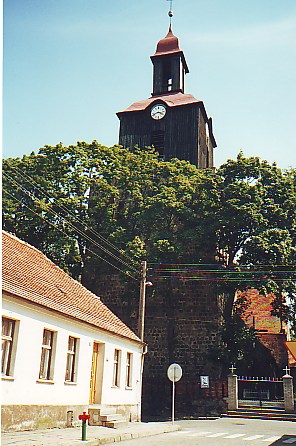
Distance
population:
1600 (2016)
Location and history
Moryń is located in the southwestern part of West Pomeranian County in Gryfino district, respectively. 22 and 40 km from two border crossings to Germany: Osinów Dolny and Kostrzyn.
The place where the city is located was already inhabited in the older Stone Age. For approx. A thousand years ago there was a Slavic settlement whose inhabitants were in constant conflict with the Germanic people to the west. In the 10th year. joined the area together with the rest of Pomerania in the Polish state. In the 13th year. however, the city and area were detached from Poland for a period of 7 centuries. The town of Moryń was first mentioned in 1265. At the beginning of the 14th century. got the city marketplace rights. The fact that the city at that time had fortifications, a city court and the right to strike its own coin testifies to a significant significance at the time. Since then, the city has been destroyed several times during acts of war. In the interwar period, Moryń developed into a popular resort because of the beautiful old architecture of the city and its location on the lake. After World War II – and the city's return to Poland – destroyed parts of the city were rebuilt, and Polish scientists undertook historical and archaeological investigations into the city's past.
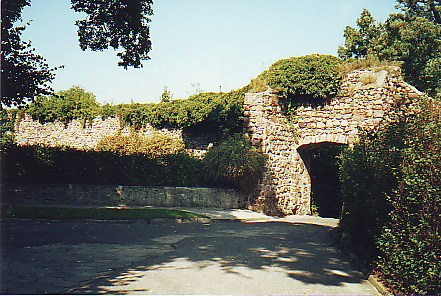
Tourist attractions
The church:
The church is a valuable building memorial and one of the foremost sights of its kind in the region. It was built in the 13th century. of granite stone as a three-ship, Romanesque basilica in cruciform form. The tower is built as an independent building in the 15th century. The age of granite is approx. 100 older than the church itself, ie. from the 12th year. The pulpit in Baroque style dates from 1711. There are fragments of Gothic paintings from the 15th century.
The city walls:
The granite and fieldstone city walls were erected at the beginning of the 15th century. It surrounds the old town as a ring with a diameter of approx. 300 m. Originally there were 28 square watchtowers as well as a gate with a gate tower. The wall is preserved throughout its perimeter, but without watchtowers and gates.
City Hall
from the 19th century. is located in the eastern part of the square.
Incidentally, the medieval town plan is preserved. Many of the 18th and 19th century townhouses, some with dormitories, are worth preserving and together with the old street network create an incomparable environment in the city.
Slavic violence scene
In the Zamczysko peninsula there is a Slavic rape scene. In the 14th century a castle was built here, which was destroyed in 1399.
Surrounding Area
There are 9 villages in the municipality of Moryń: Gądno, Witnica, Bielin, Stare Objezierze, Nowe Objezierze, Klępicz, Przyjezierze, Dolsko and Mirowo.
One of Moryń’Its main attractions are the city's location on the cleanest and deepest lake in Pomerania: Morzycko, which stretches over 361.9 ha and has a depth of 58.5 m. You can swim by the lake and sail on it.
The hunting areas around the city are rich in animals.
The beautiful forests and the varied moraine landscape invite for hiking and cycling.
For horse lovers there are equestrian centers in Bielin and in Moryń.
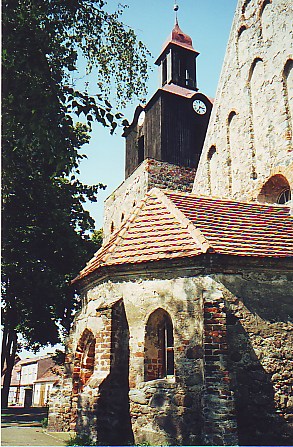
Church in Moryń
Accommodation
Booking.com
Moryń (Town official page)
Eating Out:
Moryń (Town official page)
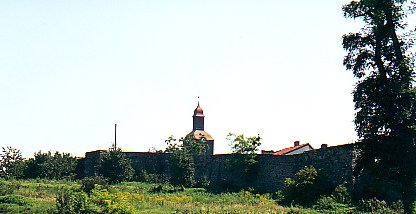
Other Internet sites and sources
Moryń (Town official page)
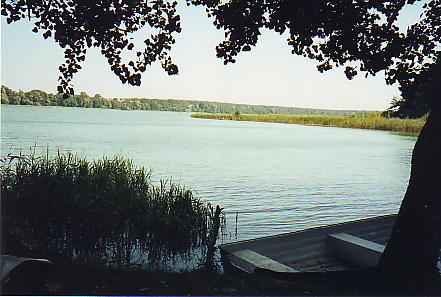
Lake Morzycko at Moryń
Translated into English by Google Translate. Spangshus.dk accept no liability for any errors or omissions in translation.
Map

Rating
Search
Most used tags
churches (205) Castles (86) Monasteries (79) Town walls (74) Lakes (71) Town halls (67) Rivers (65) Castles1 (62) Mansions (55) Museums (51) Regional museums (38) Town gates (36) Abbey churches (35) Castle ruins (30) Cathedrals (26) Forests (25) Health resorts (24) Water sports (23) Mounds (23) National parks (22)Click for all tags
Denne side er også tilgængelig på dansk. This page and contents is (c) Copyright 2018- www.spangshus.dk. Based on Inviator software by ISCA Software